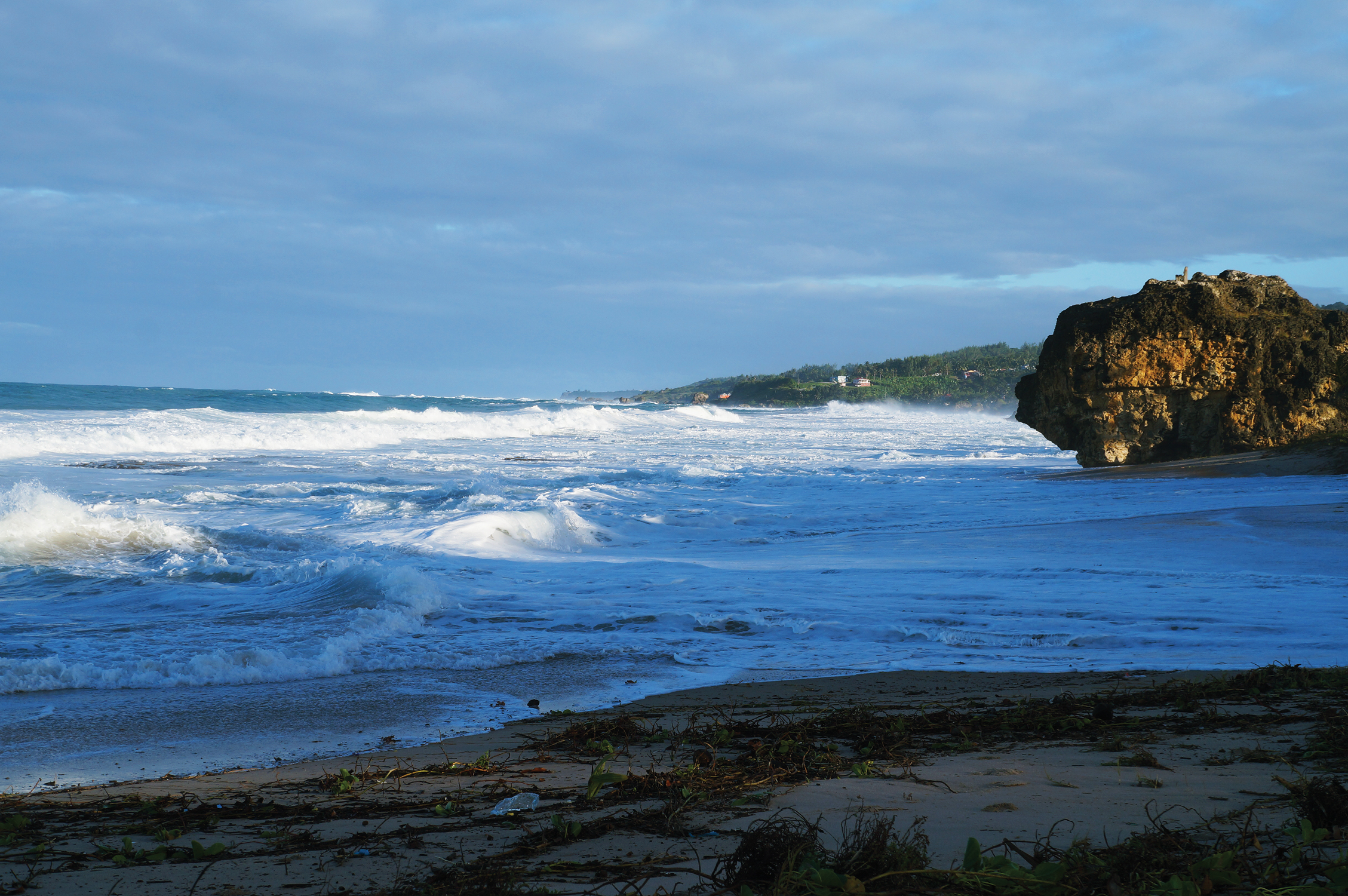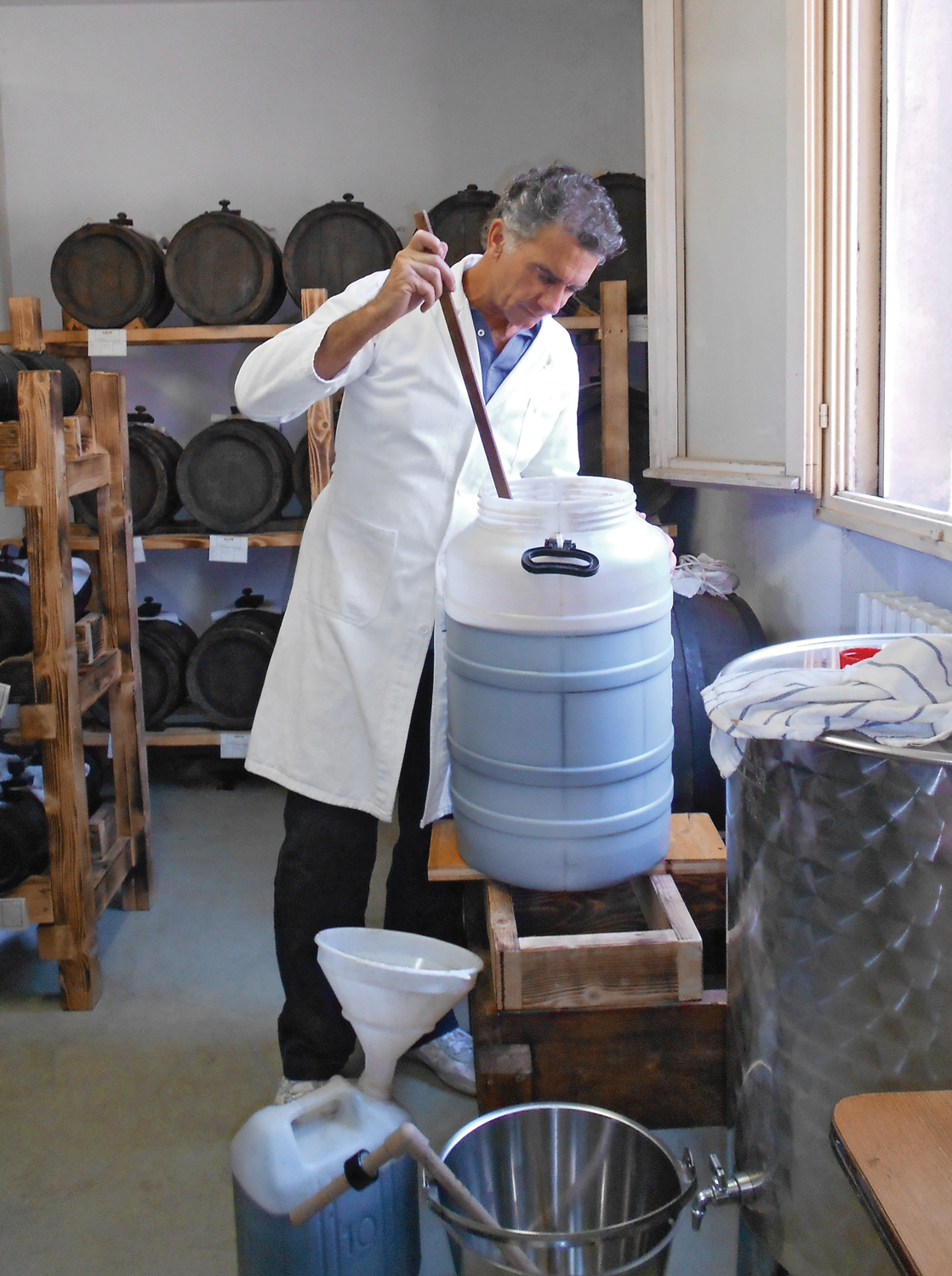Smooth Operator
Fabio Massimo Bonini
Actor / Business Man
In the film, “La Grande Bellezza,” the lead
character is an aging rogue who has sought refuge in his memories from the vulgar absurdities of modern Rome. Near the end of the film, he contemplates the solitary word of a withered mystic. “Roots,” she intones, “roots are important.”
— By Timothy Dugdale
It is no small irony that Woody Allen, far from his native New York, contracted the Italian actor and Barbados acolyte Fabio Massimo Bonini to appear in the director’s cinematic mash note, “To Rome with Love.” Allen shot a considerable number of scenes with Bonini yet, in the end, what began as a small part became smaller still. “I think it is one of his worst movies,” says Bonini with a barbed chuckle.
Bonini exudes an air of sprezzatura, a graceful nonchalance that is neither arrogant nor transparent. We talked via Skype and he insisted that we keep the cameras on, even if it compromised the signal. “It’s better, like we’re in a bar drinking something, no?” With a place in Key Biscayne and a home in Barbados, Bonini is in exile from an Italy that has been getting on his nerves for years yet he regularly returns because it is from his roots in Modena that his boutique condiment producer, Balsamico Bonini, was born.
TD: How did you come to live in Barbados?
FMB: I have two friends who have lived there for twenty-five years. They’re directors who used to work in Italian television. I worked with them so when they moved, I visited them. I told myself, “One day I am going to live here.” And that’s what I did. My whole life I have been fighting to work, to enjoy a good life and then you don’t receive back what you put into the system, it’s time to leave. So I left Italy. Plus I have a daughter in the United States because I was married to an American.
In Barbados, you always have beautiful weather. It’s a beautiful island, the people are nice. I’ve been throughout the Caribbean and for me Barbados is the top place. It’s a big island so you don’t get tired of it. It’s well-connected to everywhere in the world. You’re on an island but you feel like you are in the center of the world.
—
TD: Yes and you’re off the maps of undesirable elements in the world.
FMB: Absolutely right. If I want to go shopping, there are beautiful shops at Limegrove. You can feel like you’re in Miami or Europe. But the place I live on the East Coast of the island, the wild part, is Cattlewash. It’s a local neighbourhood but you’re fifteen minutes to Speightstown by car. You can’t get anywhere in Key Biscayne in fifteen minutes. I love my place. When I go to bed, I hear the music of the sea, a real roar. It’s pure nature. That’s what I need in Barbados.
—
TD: Yesterday while I was having lunch, I got it into my head that I wanted ice cream. Just a little ball of vanilla ice cream but I put balsamic reduction, olive oil and a bit of sea salt on it. Heaven.
FMB: There’s a Michelin-starred restaurant in San Francisco, Acquerello. It’s a client of ours and they make vanilla ice cream with balsamico. They’ve been doing it for twenty years. The owner is from Bologna. They have three dishes on the menu that use my balsamic oil. The reason I am in the United States right now is to spread the news of my product. It’s not something for a big distributor because it’s a product that needs to be explained. You know it’s made with cooked grape must and it takes twelve years before it’s ready for bottling. And it’s pretty expensive.
TD: Balsamico is very versatile and you only need a little bit of it to add incredible flavour.
FMB: It’s a killing joke to heat it up because the density of this product is a natural density. Picture a beef tartare with just a bit of this balsamico or pumpkin ravioli with only olive oil, grated Parmesan and a touch of balsamico.
—
TD: Tell me about Modena and the tradition of balsamico.
FMB: We go back to the 14th century. Even before the time of Christ, Virgil talked about cooked grape must in his “Georgics”. The name balsamico means cure and even my own grandmother took a little spoonful of balsamico after dinner to help the digestion. To make balsamico, you squeeze the grape, you cook the juice that comes out, the must. When it reaches the right sugar concentration, we take it out and put it in big barrels for a year. Then we move it to a battery of barrels, all of different woods. You keep moving it. The magic happens because there is always a little bit of last year’s balsamico in each barrel. There is nothing mathematical about it. The balsamico master does this purely as an art. He uses his nose and his mouth. Plus you have the weather. Was it a hot summer? Was there a lot of wind? How did this affect the density and the evaporation? You start with 100 kilos of grapes and after twenty five years, you have 1 kilo of product. It’s an incredible process. 2+2 could equal 5 or 6.
By March of next year, we will have a new facility, complete with a few bedrooms and a kitchen to host events. But what I really want is anyone in the world who has the money to create his or her own battery of barrels where they are producing their very own private label of balsamico. It’s a luxury idea but in the end, you’re spending a lot less than you would to buy the regular product. And if you’re a top chef, you have real control over a key product in your kitchen.
Bonini Modena
The balsamic affair
Sede legale e sede operativaVia Olmo 29
41018 – San Cesario Sul Panaro (MO)
Italia
+39 059 93 84 33







